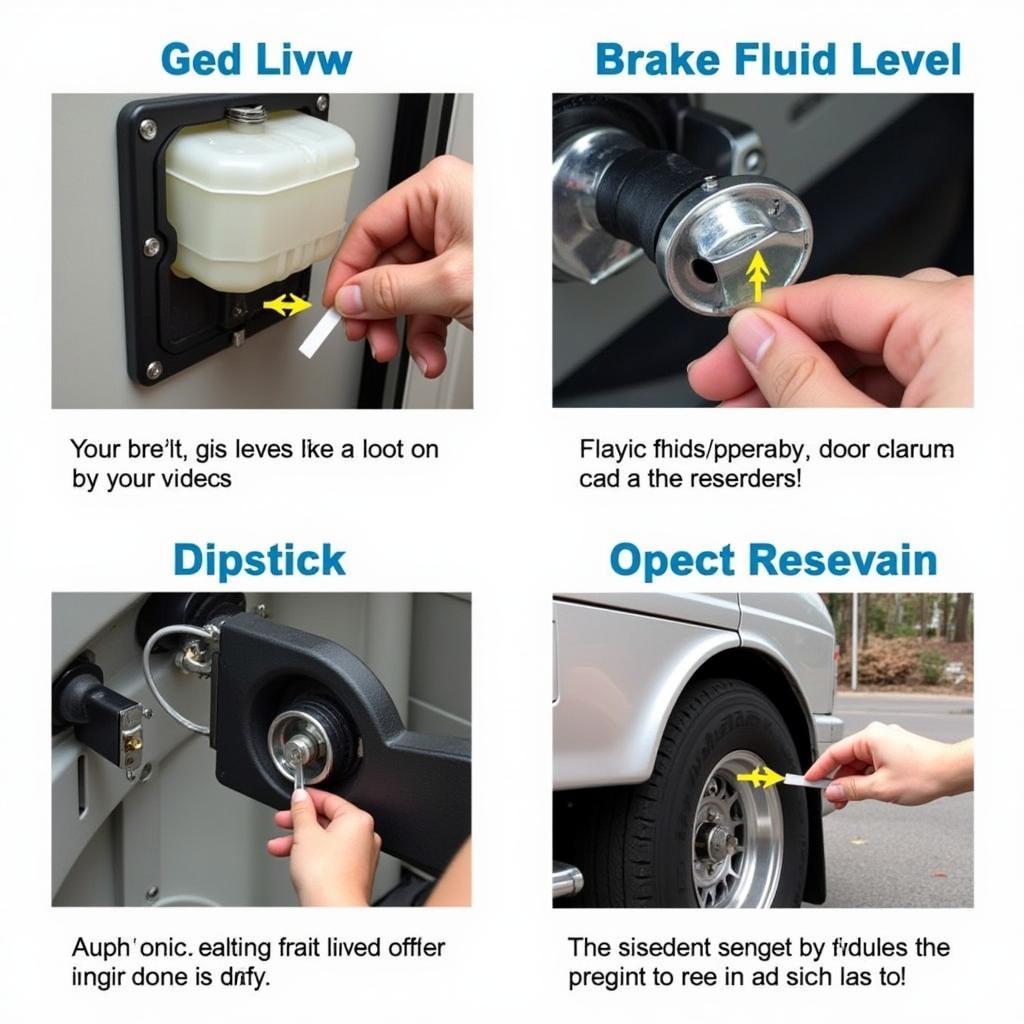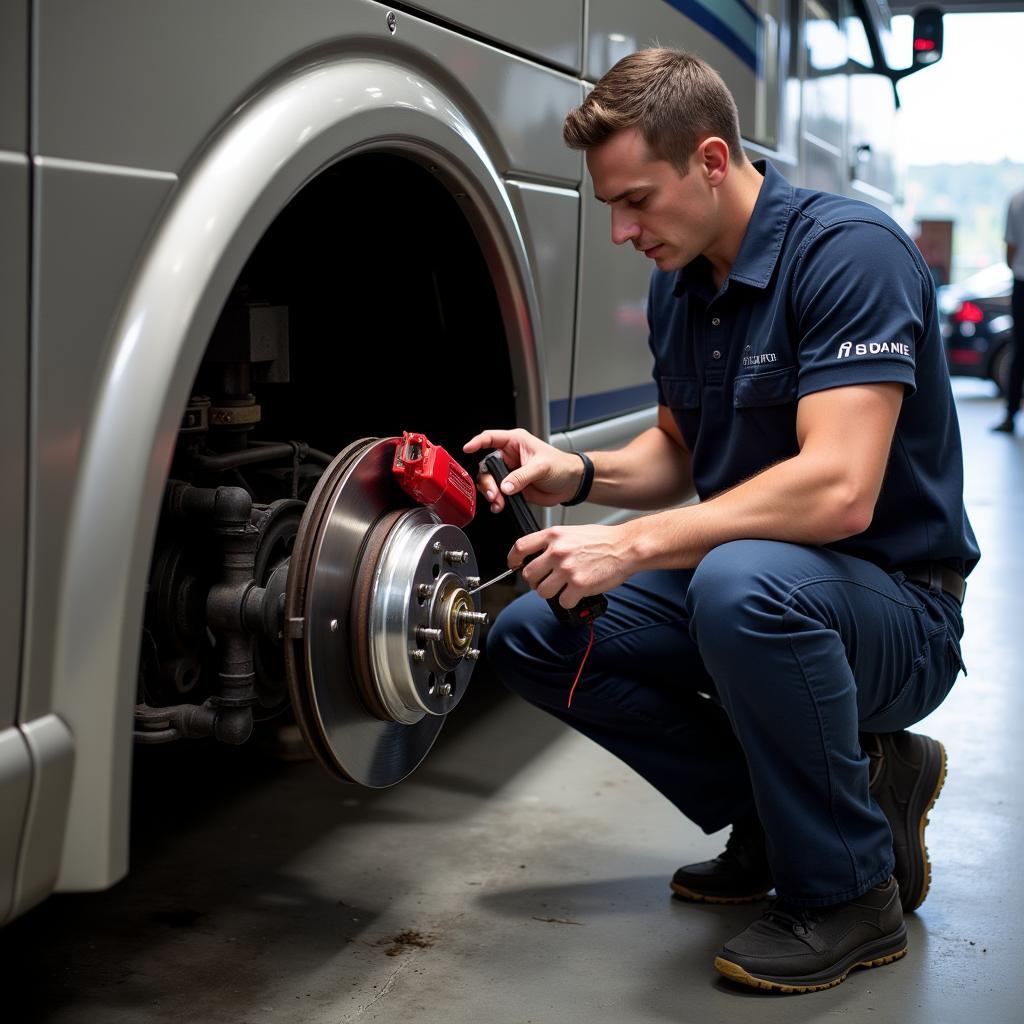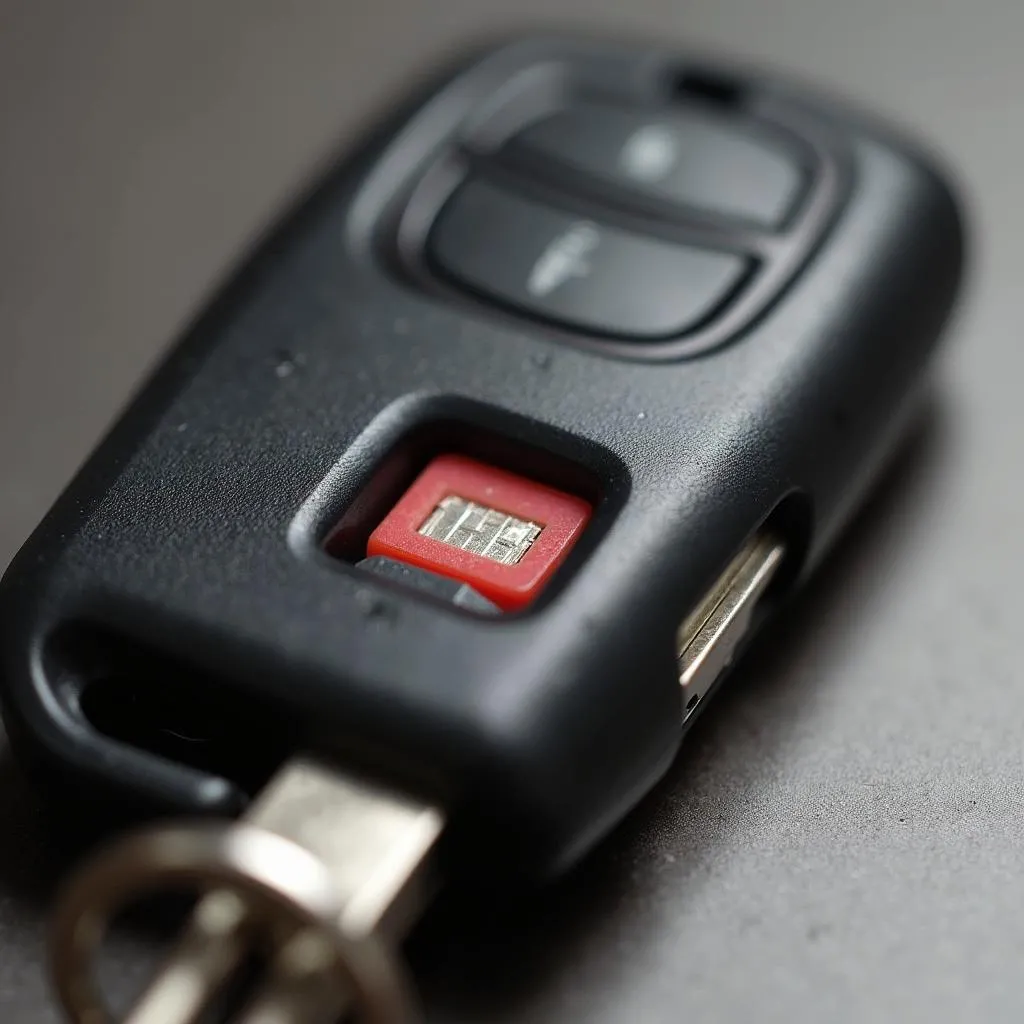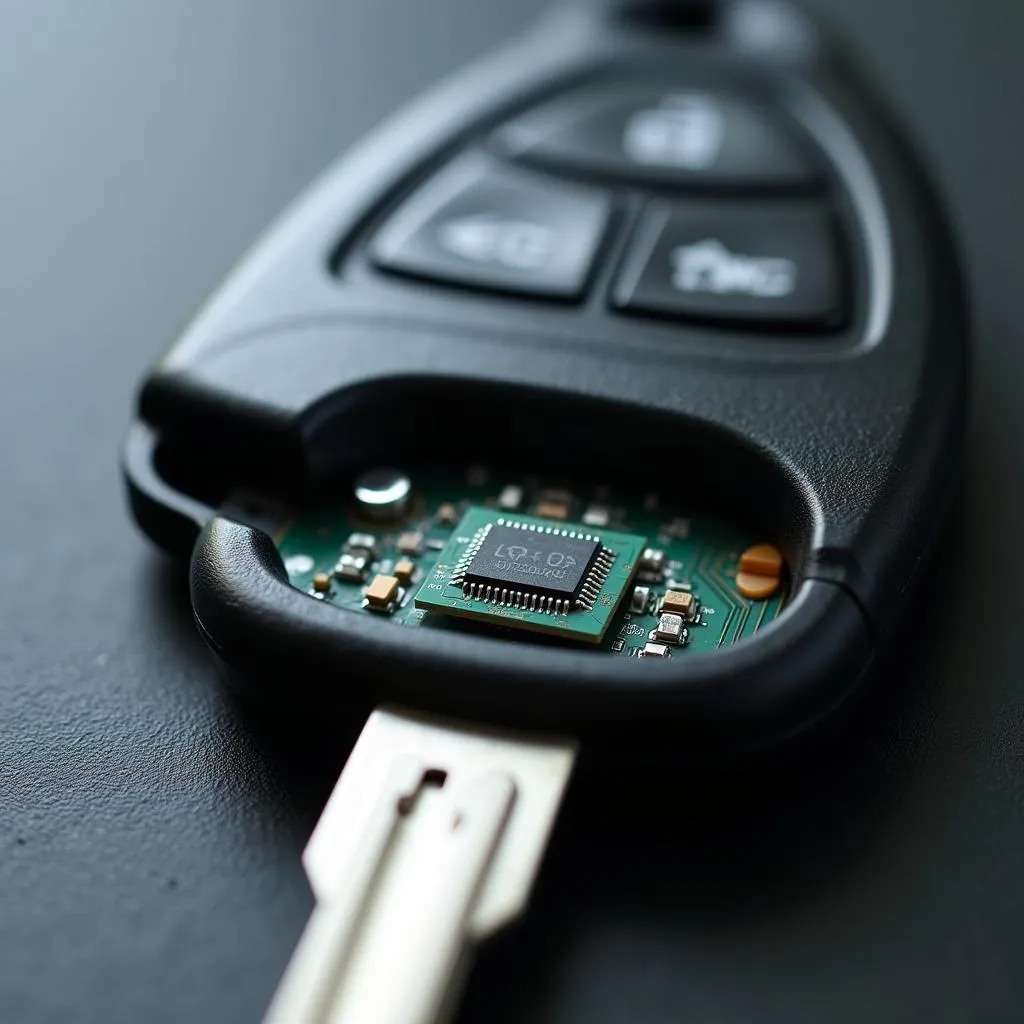The sight of a glowing brake warning light on your Alpine coach’s dashboard can be unsettling. It’s a clear signal that something within your braking system needs attention. Ignoring this warning could lead to reduced braking performance and potentially dangerous situations on the road. This article is your guide to understanding the common causes of the Alpine coach brake warning light and the steps you can take to address them.
 Alpine Coach Dashboard with Brake Warning Light
Alpine Coach Dashboard with Brake Warning Light
Common Causes of an Illuminated Brake Warning Light
While the brake warning light is a general indicator of a braking system issue, there are several common culprits you can investigate:
1. Low Brake Fluid Level: One of the most frequent reasons for the warning light is low brake fluid. Your braking system relies on hydraulic pressure, and if the fluid level drops too low, it can’t generate the necessary pressure to engage the brakes effectively.
2. Worn Brake Pads: Brake pads are designed to wear down over time. When they become too thin, the brake warning light will often activate to alert you to the need for replacement.
3. Brake System Leaks: Leaks within your brake lines, calipers, or wheel cylinders can lead to a loss of brake fluid and pressure, triggering the warning light.
4. Faulty Brake Sensors: Modern Alpine coaches often have sensors within the braking system that monitor various components. If a sensor malfunctions or detects an issue, it can illuminate the warning light.
5. ABS Issues: Some Alpine coaches feature an anti-lock braking system (ABS) designed to prevent wheel lockup during hard braking. Problems within the ABS module or sensors can also trigger the brake warning light.
 Checking the Brake Fluid Reservoir in an Alpine Coach
Checking the Brake Fluid Reservoir in an Alpine Coach
Troubleshooting the Brake Warning Light
Safety First: Before attempting any troubleshooting, prioritize safety. Park your Alpine coach on a level surface, engage the parking brake, and chock the wheels to prevent any unexpected movement.
1. Check the Brake Fluid Level: Locate the brake fluid reservoir under the hood. It’s typically a clear plastic container with a cap marked “Brake Fluid.” If the fluid level is low, add the appropriate DOT-rated brake fluid as specified in your owner’s manual. Be cautious not to overfill.
2. Inspect for Leaks: Visually inspect the brake lines, calipers, and wheel cylinders for any signs of fluid leaks. Look for wet spots, drips, or stains that could indicate a leak.
3. Check Brake Pad Wear: If you’re comfortable with basic mechanical work, you can visually inspect your brake pads. Look through the spaces between the wheel spokes to see the brake pad’s thickness. If they appear significantly worn down, it’s time for a replacement.
4. Consult a Professional: If you’re unsure about any aspect of checking your braking system or suspect a more complex issue like a faulty sensor or ABS problem, it’s crucial to seek help from a qualified mechanic specializing in Alpine coaches.
 Professional Inspection of an Alpine Coach Brake System
Professional Inspection of an Alpine Coach Brake System
What to Do When the Brake Warning Light Comes On While Driving
If the brake warning light illuminates while you’re driving, it’s essential to remain calm and take the following steps:
-
Safely Pull Over: Gradually reduce your speed and carefully maneuver your Alpine coach to a safe location off the road.
-
Assess the Situation: Once safely stopped, assess the situation. If you notice any signs of brake failure, such as a soft or spongy brake pedal or unusual noises when braking, do not attempt to continue driving.
-
Seek Assistance: Call a qualified mechanic specializing in Alpine coaches to diagnose and repair the issue.
Expert Insight
“Regular brake inspections are critical for maintaining the safety of your Alpine coach,” says John Miller, a certified automotive technician with over 20 years of experience specializing in recreational vehicles. “Don’t underestimate the importance of timely brake pad replacements, fluid flushes, and addressing any warning lights promptly.”
Conclusion
The brake warning light on your Alpine coach is a crucial safety feature that should never be ignored. Understanding the common causes and taking the appropriate steps to address them can help you ensure the reliable performance of your braking system and keep you safe on the road. Remember, when in doubt, consult a qualified professional for a thorough inspection and repair.


